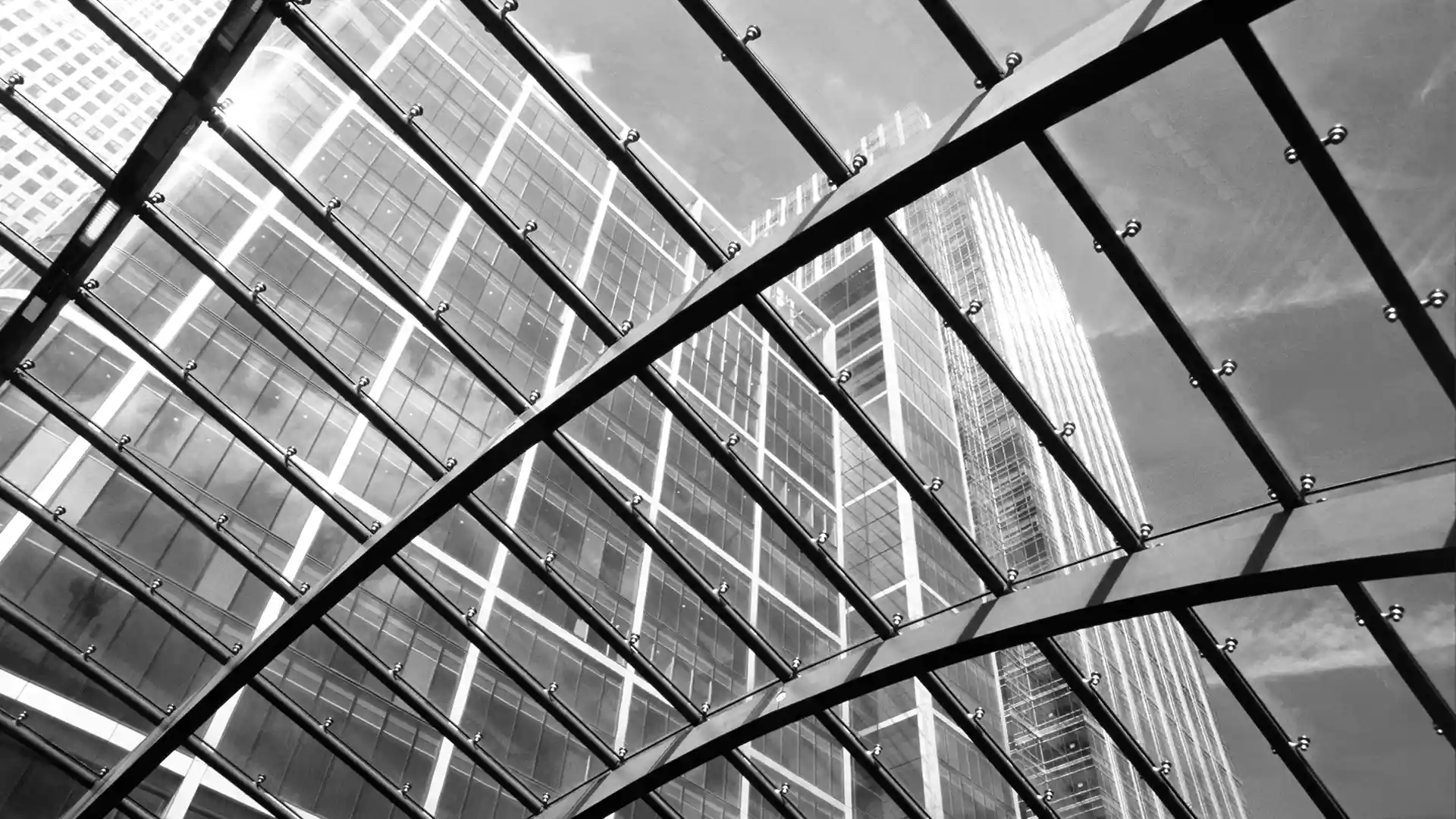Six months ago, it was 1-2-3-GO as we launched The Cook Group on 1/23/20.
March 27, 2024
Today, Gary Casimir and Patricia Maher of The Cook Group’s New York City office obtained a directed verdict from Justice Christopher Modelewski in Suffolk County, NY. This defense verdict followed oral arguments before Justice Modelewski regarding defendant’s motion to preclude plaintiff’s causation experts.
The case involved allegations of exposure to heavy metals from cutting ceramic tile allegedly supplied by defendant. Plaintiff’s industrial hygienist opined that in the course of cutting the tile, plaintiff was exposed to manganese which exceeded the Occupational Safety and Health Administration’s Permissible Exposure Limit and the American Conference of Governmental Industrial Hygienists’ Threshold Limit Value. Plaintiff’s medical experts further opined that plaintiff was exposed to injury-causing levels of manganese and aluminum.
On behalf of the defendant, we moved to preclude these experts on the grounds that their proffers failed to satisfy the foundational requirements established in Parker v Mobil Oil Corp., 7 NY3d 434 (2006) and its progeny. First, we noted that none of plaintiff’s experts, individually or collectively, addressed general causation. While plaintiff’s experts went to great lengths to discuss the potentially harmful effects of excessive exposures to manganese or aluminum, the product (for purposes of general causation) is allegedly manganese and aluminum containing ceramic tile – and no evidence had been offered to support the proposition that work with aluminum- and/or manganese-containing ceramic tiles can cause the injuries alleged by plaintiff. Thus, we argued, because plaintiff failed to meet the first prong of the causation test (general causation), there was no foundation for the reception of anycausation evidence, and each and all of plaintiff’s expert opinions must be excluded. Second, we also addressed plaintiff’s specific causation proffer. With the assistance of our expert toxicologist and industrial hygienist, we pointed out numerous defects in plaintiff’s proffer but most critically: (1) plaintiff’s air sampling simulation failed to take into account the fact that plaintiff was wearing a respirator while allegedly cutting the tile; and (2) the air sampling simulations were confounded by a second and separate source of aluminum and manganese other than the tile that was not accounted for in the measurements – namely garnet sand. We argued that these defects in the studies (among others) rendered the expert opinions unreliable and lacking in foundation, and they should be precluded.
Following extensive briefing of the issues and oral argument, the Court agreed with our position and precluded all plaintiff’s causation opinions. At the trial a week later, plaintiff was unable to proceed without causation experts and we successfully moved for a directed verdict in our client’s favor. We are available to discuss this case and the Court’s decision.
